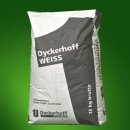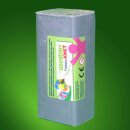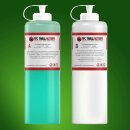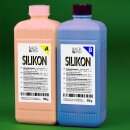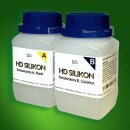Others also bought:
Similar items
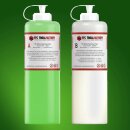
from
27,90 € *
55,80 € per 1 kg
More variations available.
More variations available.
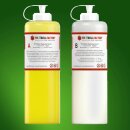
from
27,90 € *
55,80 € per 1 kg
More variations available.
More variations available.
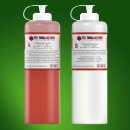
from
39,90 € *
79,80 € per 1 kg
More variations available.
More variations available.


